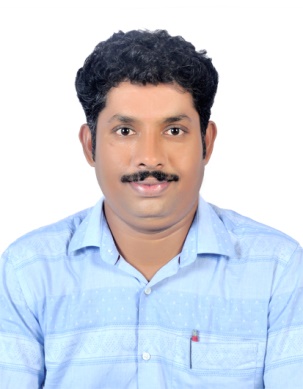 |
Dr. Shobi VeleriScientist - FDrug Safety Division Gopalan Block, 2nd Floor, Room No 302 Email: shobi.veleri@icmr.gov.in Contact: +91 040 27197362 |
|---|
He passed M.Sc. in Physiology with first rank from University of Calicut, Kerala. He has been awarded a Ph.D. from faculty of Biology and Pre-clinical Medicine, University of Regensburg, Germany for the thesis on genetic dissection of light input pathways into circadian clock of Drosophila. Subsequently, he served DRDO as a Scientist B, in DIPAS, Delhi and analyzed cognitive functions in rodents and soldiers posted at high altitude. In 2006, he went to NIH, USA on a visiting fellowship and therein National Institute of Mental Health (NIMH) he focused on to delineate mechanism of general anesthesia by genetically dissecting brain neural circuits in Drosophila. Then he moved to National Eye Institute (NEI, NIH) and focused on dissecting mechanism of inherited blindness associated with ciliopathies in humans. He deciphered the molecular mechanism of genes like Cc2D2a and Reep6. The human mutations were mimicked by gene knockdown in zebrafish and knockout of genes were done in mice. In 2016, he joined CSIR-NIIST, Trivandrum as a DBT-Ramalingaswami Fellow and was dissecting mutations in cilia genes using in vitro cell culture models. In Aug, 2019, he has joined ICMR-NIN. His research focus is on molecular dissection of human genetic disorders, especially those affect energy metabolism and cause neuronal dysfunction. The research aims to discover fundamental changes in metabolic pathways during nutritional changes in the body. The players in such pathways may serve as targets for drug, which can be screened, tested for efficacy and safety in in vitro assays and in in vivo animal disease models.